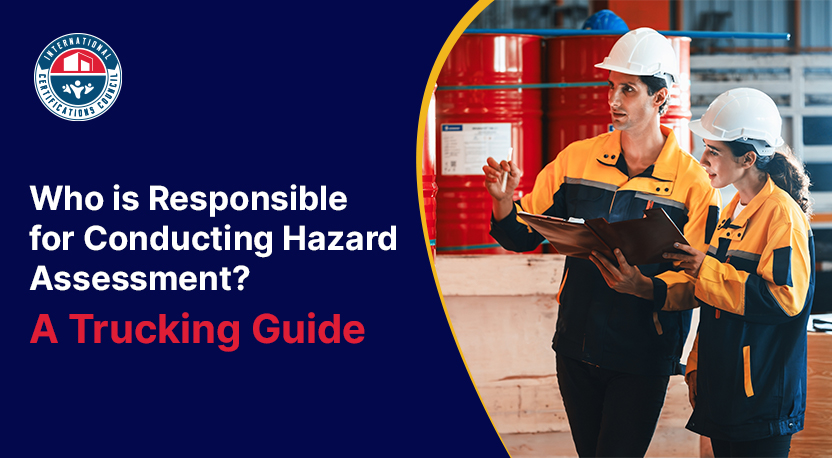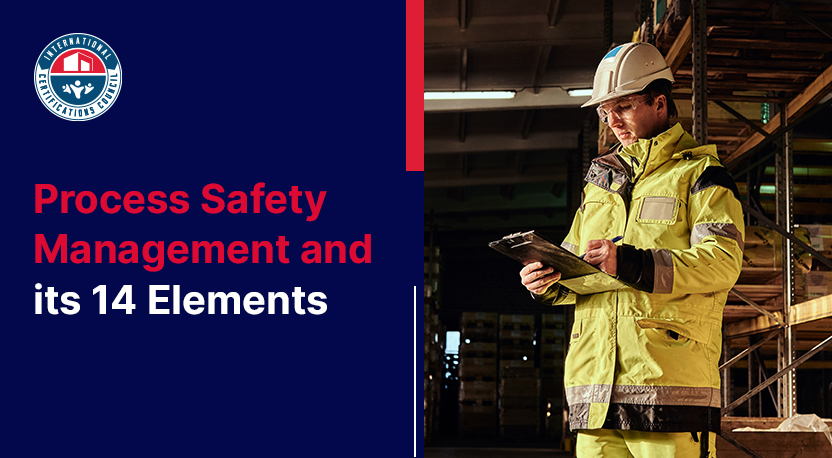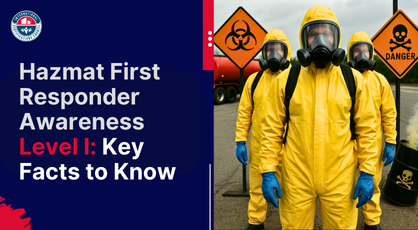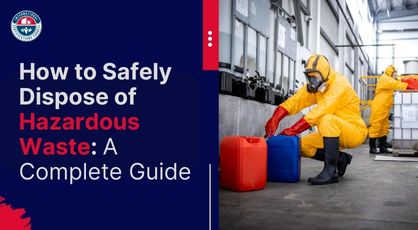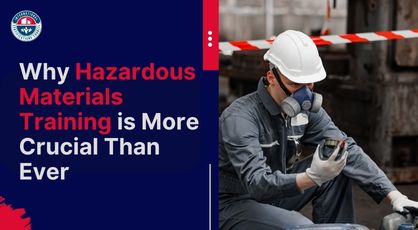If you’re in a business that deals in transporting or handling hazardous materials (hazmat), it's important to know how to deliver them safely.
While it's convenient, it also means you have a responsibility to make safety a priority and follow the rules.
One crucial element in hazmat transportation is the use of placards, which provide vital information about the contents of a shipment. Proper placement and maintenance of these placards are paramount to ensuring the safety of both transportation personnel and the general public.
In this post, we will explore six tips to help businesses and individuals achieve effective hazmat placard management.
Know the Regulations
Before we talk about where to place and how to take care of hazmat placards, it is imperative to have a clear understanding of the regulations governing the transportation of hazardous materials.
The primary regulatory body in the United States is the Department of Transportation (DOT), which enforces guidelines outlined in the Hazardous Materials Regulations (HMR). Understanding these regulations is the first step to complying with them and encouraging safe transportation practices.
Hazmat placard regulations cover various aspects, including when and where placards are required, specific requirements for different classes of hazardous materials, and the dimensions and visibility standards for placards. Failure to adhere to these regulations can result in fines, penalties, and, most importantly, jeopardize the safety of everyone involved.
Proper Placement on Vehicles and Packages
Once you are well-versed in hazmat regulations, the next step is to know the correct placement of placards on vehicles and packages. The goal is to make the information easily visible and identifiable to emergency responders, law enforcement, and the public.
Here are some key points to consider:
Uniformity: Place DOT placards on the front, back, and both sides of the vehicle and package so that people can see them from every direction. They should be on the same side of the package and close to any other markings if there's enough space. This uniform placement helps emergency responders quickly identify the hazardous materials being transported.
Moreover, display placards in a square-on-point shape and keep them at least 3 inches away from other markings that might make them hard to see.
The U.S. The Department of Transportation makes sure hazardous materials are correctly identified and classified when transported or shipped. You can find more details about these rules, known as HM-181 and HM-206, on the U.S. Department of Transportation website.
Avoid Obstructions: Ensure that no equipment, cargo, or other items are blocking placards. Clear visibility is essential for quickly and accurately identifying hazardous materials.
Correct Orientation: Placards should be displayed with the proper orientation, as specified by regulations. This makes the information easily readable and reduces the risk of misinterpretation.
Regular Inspection and Maintenance
Proactive maintenance of hazmat placards is crucial to guarantee their effectiveness during transportation. Check them regularly to identify and fix any issues promptly.
Consider the following maintenance tips:
Weather Resistance: Hazmat placards are exposed to various weather conditions during transportation. Use durable, weather-resistant materials for the placards to prevent them from fading, peeling, or getting damaged.
Secure Attachment: Make sure to attach placards tightly to the vehicle or packages, using the right fasteners, so they stay put during the journey. If placards are loose or missing, it can cause rule violations and put safety at risk.
Readability: Regularly check the readability of placards, especially if they are exposed to harsh elements. Faded or damaged placards may not convey the necessary information effectively, increasing the risk of accidents.
Use the Correct Placards for the Hazard Class
Hazmat materials are classified into different hazard classes, each requiring specific placards to convey the nature of the contents. Always use the correct placards that match the danger level of the materials you're transporting.
This accuracy ensures that emergency responders can make informed decisions in case of accidents or incidents involving the hazmat shipment.
Refer to the Hazardous Materials Table provided by the DOT to determine the appropriate placards for the specific hazardous materials in question. Misuse of placards can lead to confusion and compromise the effectiveness of emergency response efforts.
Training and Communication
Ensuring that personnel transporting hazardous materials are adequately trained is a fundamental aspect of hazmat safety. Training programs/courses should cover the proper handling, placement, and maintenance of placards. Additionally, communication within the organization and with relevant authorities is essential.
Training Programs: Implement comprehensive training programs for drivers, handlers, and anyone involved in the hazmat transportation process. This training should cover regulatory compliance, placard requirements, emergency response procedures, and the importance of proper placement and maintenance.
Hazmat Placards Online Courses: You can enroll your employees in hazmat marking and labeling online courses by ICCouncil. This course teaches you about regulatory compliance for displaying placards, the different types and classes of hazardous materials, proper placard placement and maintenance, emergency response protocols, and technology integration for safer transportation.
Communication with Authorities: Establish effective communication channels with relevant authorities, including emergency responders and law enforcement. Provide them with accurate and up-to-date information about the hazardous materials being transported, facilitating a coordinated and timely response in case of emergencies.
Utilize Technology for Monitoring
In the modern era, technology offers valuable tools for monitoring and managing hazmat transportation. Implementing tracking systems, sensors, and other technologies can enhance hazmat shipments' overall safety and efficiency.
Real-time Monitoring: Utilize GPS tracking systems to monitor the real-time location of hazmat shipments. This not only aids in logistics and route planning but also allows for immediate response in case of deviations from the planned route or emergencies.
Sensor Technology: Integrate sensor technology to monitor factors such as temperature, pressure, and leakage during transportation. This proactive approach enables early detection of potential issues with hazardous materials and facilitates timely intervention.
Conclusion
Keep these above tips in mind when dealing with hazmat placards. Following the rules is not just a suggestion; it's important for maintaining a safe environment.
Proper placing and maintaining placards is a significant part of ensuring safety during transportation. These practices not only mitigate risks but also underscore the collective commitment to a secure and responsible approach to transporting hazardous materials.
Stay informed, stay compliant, and prioritize safety for the well-being of everyone involved in the hazmat transportation process.


